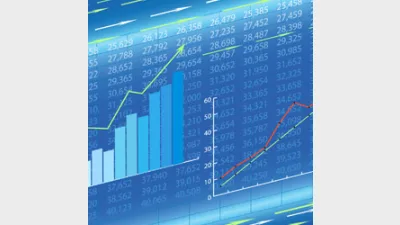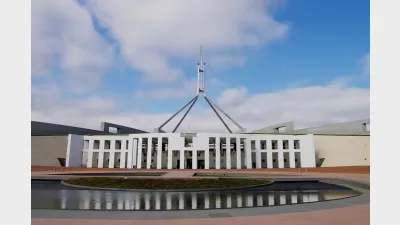Equity trading cost knowledge can help save



Superannuation funds could be missing out on significant savings as they have very little information on how much equity trading costs and how efficiently they make their trades, Parametric believes.
The asset management firm said when measured, trading costs should include explicit and implicit trading costs, the latter including spreads and price impacts as it is highly variable and skill-dependent.
Parametric's Australian arm head of research, Raewyn Williams, said as trading Australia and international equities on average comprised of 44 per cent of total funds invested, it was imperative for super funds to give the issue more attention.
"This is another area of implementation efficiency where there could be considerable savings made," Williams said.
"To trade a passive Australian equity portfolio patiently, full costs begin at 21 bps [basis points] per $1 traded and can rise to as much as 66 bps per $1 traded.
To trade a passive international equity portfolio patiently, costs begin at 11 bps per $1 traded and can rise to 26 bps per $1 traded. This is the most conservative scenario. "
Williams said the main driver of explicit trading costs is whether research is included in the service, or if it is execution only and the amount of ‘order flow' directed to the broker.
The main drivers of implicit trading costs are the asset class traded, the size of the trades, how active the portfolio is, and how aggressive the trading style is.
Williams said funds needed to demand transparency from their managers and/or internal teams to measure trading costs and assess the efficiency of their underlying trades.
Recommended for you
Superannuation fees have continued their multi-year decline, as fund consolidation and index investing deliver scale efficiencies for members.
Super funds demand fast passage of payday super laws, while small business advocates warn of cash flow pressures and compliance risks.
The superannuation industry could move faster on personalisation, according to MLC, and the fund has identified three core areas where it will be focusing its personalisation efforts over the next 12 months.
The Actuaries Institute has released a framework to help super funds deliver affordable guidance and advice to millions approaching retirement.









